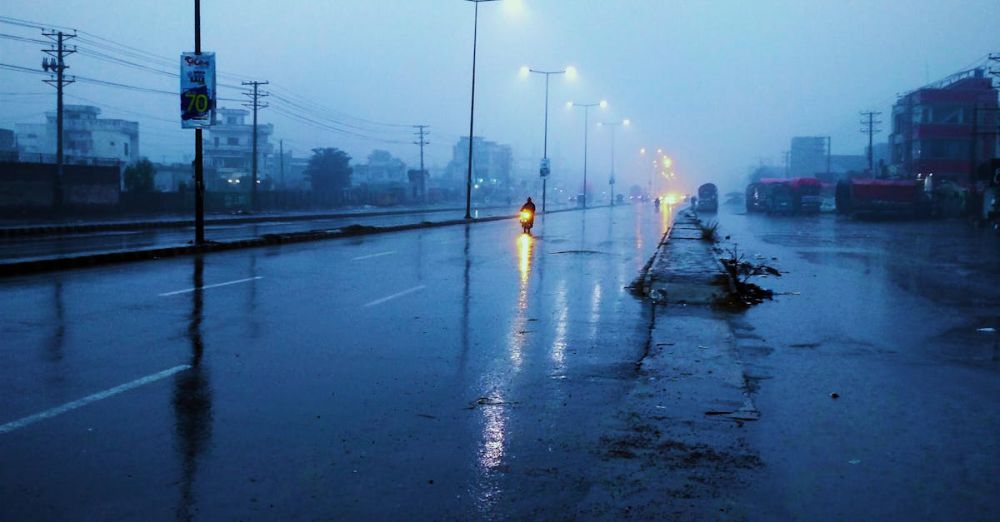How Can You Capture Stunning Landscapes during a Photography Tour
Embarking on a photography tour can be one of the most exhilarating experiences for a photographer. The thrill of exploring new locations, combined with the opportunity to capture breathtaking landscapes, can lead to some truly stunning images. However, not every shot will come out perfectly; it requires skill, patience, and a keen eye for detail. Here are some essential tips to help you make the most of your landscape photography tour.
Understanding Light
The quality of light is vital in photography, especially when it comes to landscapes. The golden hours—shortly after sunrise and before sunset—offer the most flattering light. During these times, the sun is low on the horizon, casting a warm glow that enhances colors and adds depth to your images. Plan your photography sessions around these times to take advantage of the softer light. Additionally, overcast days can be perfect for landscape photography, as clouds diffuse sunlight, reducing harsh shadows and creating a more balanced exposure.
Choosing Your Composition
Composition is the backbone of any great photograph. Before you start snapping away, take a moment to assess your surroundings. Look for leading lines, such as roads, rivers, or pathways, that draw the viewer’s eye into the image. The rule of thirds is a classic composition technique where you divide your frame into a 3×3 grid and place focal points along those lines or at their intersections. This technique can create a more dynamic image compared to centering your subject. Don’t hesitate to experiment with different angles; sometimes, a slight shift in perspective can transform an ordinary scene into something extraordinary.
Utilizing Foreground Elements
In landscape photography, foreground elements can add depth and interest to your images. Including something in the foreground helps to create a sense of scale and draws the viewer into the scene. This could be anything from a striking rock formation to wildflowers swaying in the breeze. When composing your shot, consider how these elements interact with the background. A well-placed foreground can elevate your landscape photo from flat to fantastic.
Incorporating Weather Conditions
Weather can dramatically change the mood of your landscape photographs. Don’t shy away from capturing scenes during inclement weather; rain, fog, or dramatic clouds can add a unique character to your images. For instance, misty mornings can create an ethereal atmosphere, while stormy skies can convey a sense of drama. Always keep an eye on the weather forecast and be prepared to adapt your plans. A sudden downpour might seem inconvenient, but it could also present an opportunity for stunning shots that few others would dare to capture.
Mastering Your Equipment
Understanding your camera and equipment is crucial to capturing stunning landscapes. Familiarize yourself with your camera settings, as well as the features that will enhance your photography. A sturdy tripod is essential for long exposures or low-light conditions. Use a wide-angle lens to capture expansive scenes, and consider using filters, such as polarizers or neutral density filters, to manage reflections and control light entering the lens. Practice adjusting settings like aperture and shutter speed to achieve the desired depth of field and motion blur.
Post-Processing Techniques
While capturing the perfect shot is essential, post-processing can elevate your landscape images even further. Editing software allows you to enhance colors, adjust exposure, and sharpen details. However, be cautious not to overdo it; aim for a natural look that keeps the essence of the scene intact. Simple adjustments, such as cropping for better composition or tweaking contrast, can significantly improve your final image.
Embracing the Experience
Lastly, remember that photography is as much about the journey as it is about the final image. Take time to immerse yourself in the environment, soak in the beauty around you, and enjoy the experience. Engage with fellow photographers, share tips, and capture memories beyond the lens. This mindset will not only enhance your photography but also enrich your overall experience on the tour.
Final Thoughts
Capturing stunning landscapes during a photography tour involves preparation, awareness, and creativity. By mastering your equipment, understanding light, and embracing the unique elements of your surroundings, you can create breathtaking images that resonate with viewers long after the trip is over.







